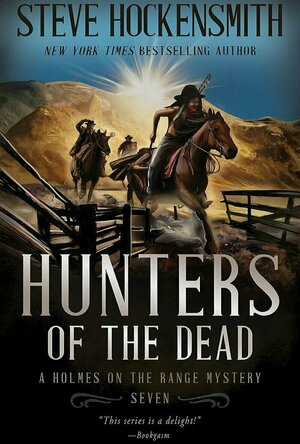
ClassifiedAds.com
Catalogs and Lifestyle
App
ClassifiedAds Official Mobile App ClassifiedAds is a mobile app that takes everything you love...

Tseverou Ashkharh
Games and Education
App
“World of Colors,” the first game in the “Lalan ou Aran” series, generated a highly...
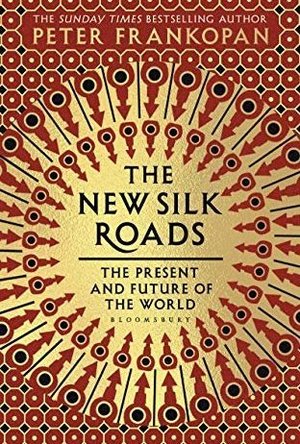
The New Silk Roads: The Present and Future of the World
Book
'All roads used to lead to Rome. Today, they lead to Beijing.' When The Silk Roads was published...
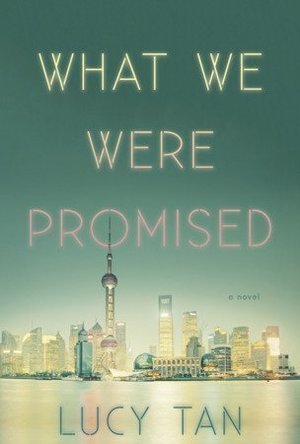
What We Were Promised
Book
After years of chasing the American dream, the Zhen family has moved back to China. Settling into a...
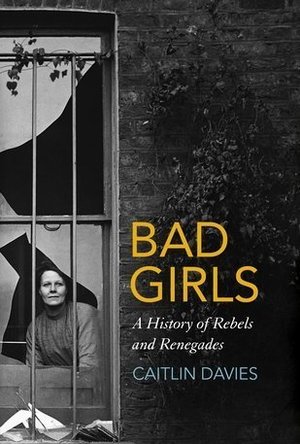
Bad Girls
Book
Society has never known what to do with its rebellious women. Those who defied expectations about...
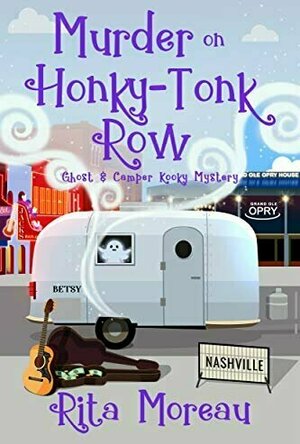
Murder on Honky-Tonk Row Ghost & Camper Kooky Mystery (The Ghost & Camper Kooky Mystery #2)
Book
Will camping in the country music capital have Mabel kicking up some saw dust… or line-dancing to...
RVLife Ghosts CozyMystery

Claiming His Cowgirl (Crawley Creek #3)
Book
In a small town in North Dakota there resides a family of misfits on the Crawley Creek Ranch....
Contemporary Western Adult Romance
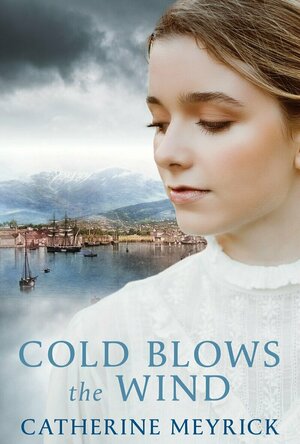
Cold Blows the Wind
Book
Hobart Town 1878 – a vibrant town drawing people from every corner of the earth where, with...
Historical Fiction Biographical Fiction Women's Fiction Australian Fiction
Mark @ Carstairs Considers (2460 KP) rated Hunters of the Dead in Books
Oct 18, 2023
It’s been several years since the previous book in this series came out, but it wasn’t long before I was back in this world. And it was delightful to return. As always, the plot seems to wander a bit, but at the end, we see that everything was important. I love watching Old Red weave everything together to solve the case. Likewise, the characters come to life as the book goes along. I appreciate the humor we get along the way. With the setting, it’s no surprise that we get a little more foul content than I typically read, but it feels realistic. This book teases the next case for the brothers, and I hope we get it soon. But for now, fans will be glad the series is back. If you haven’t tried these books yet, I recommend you change that today.
